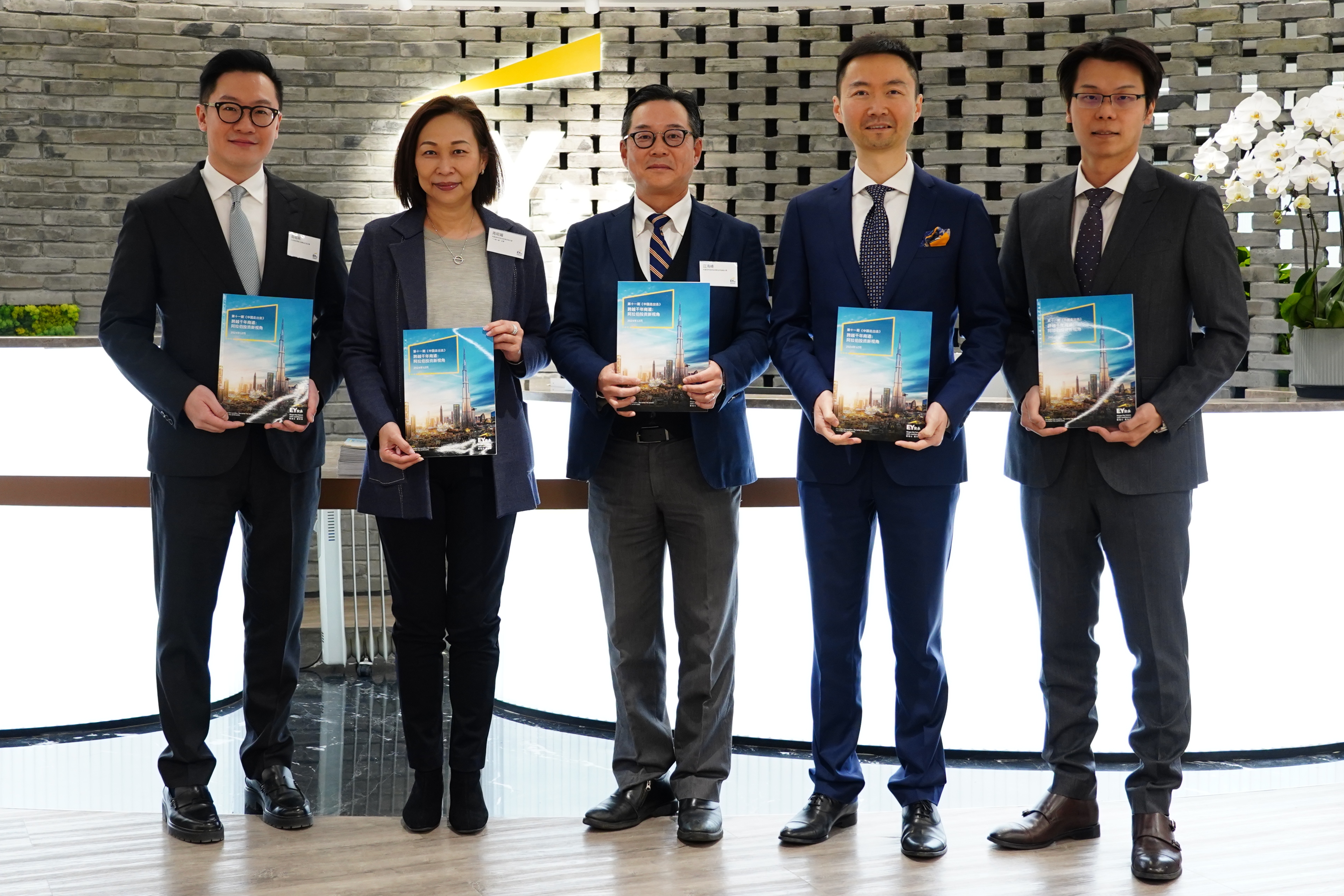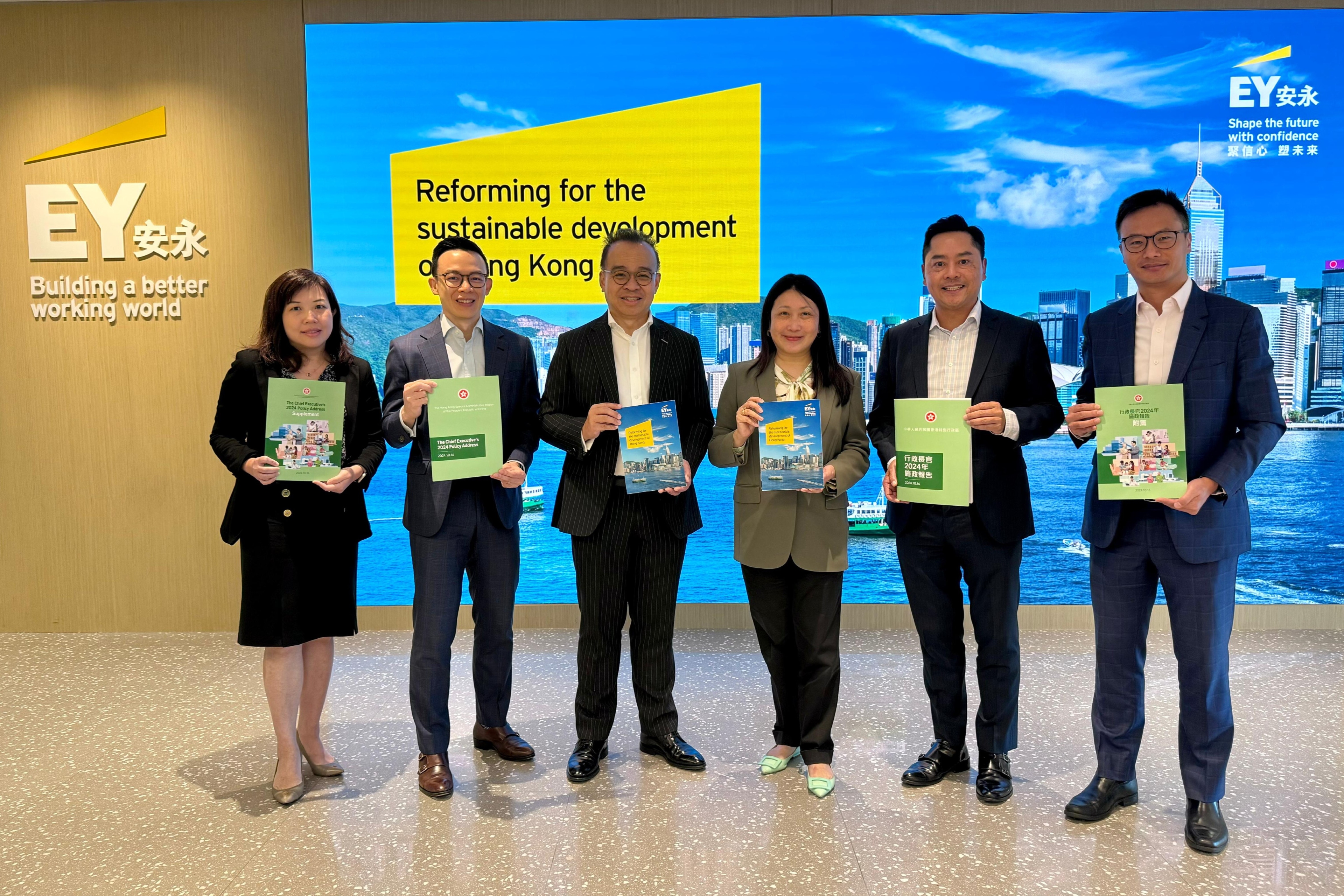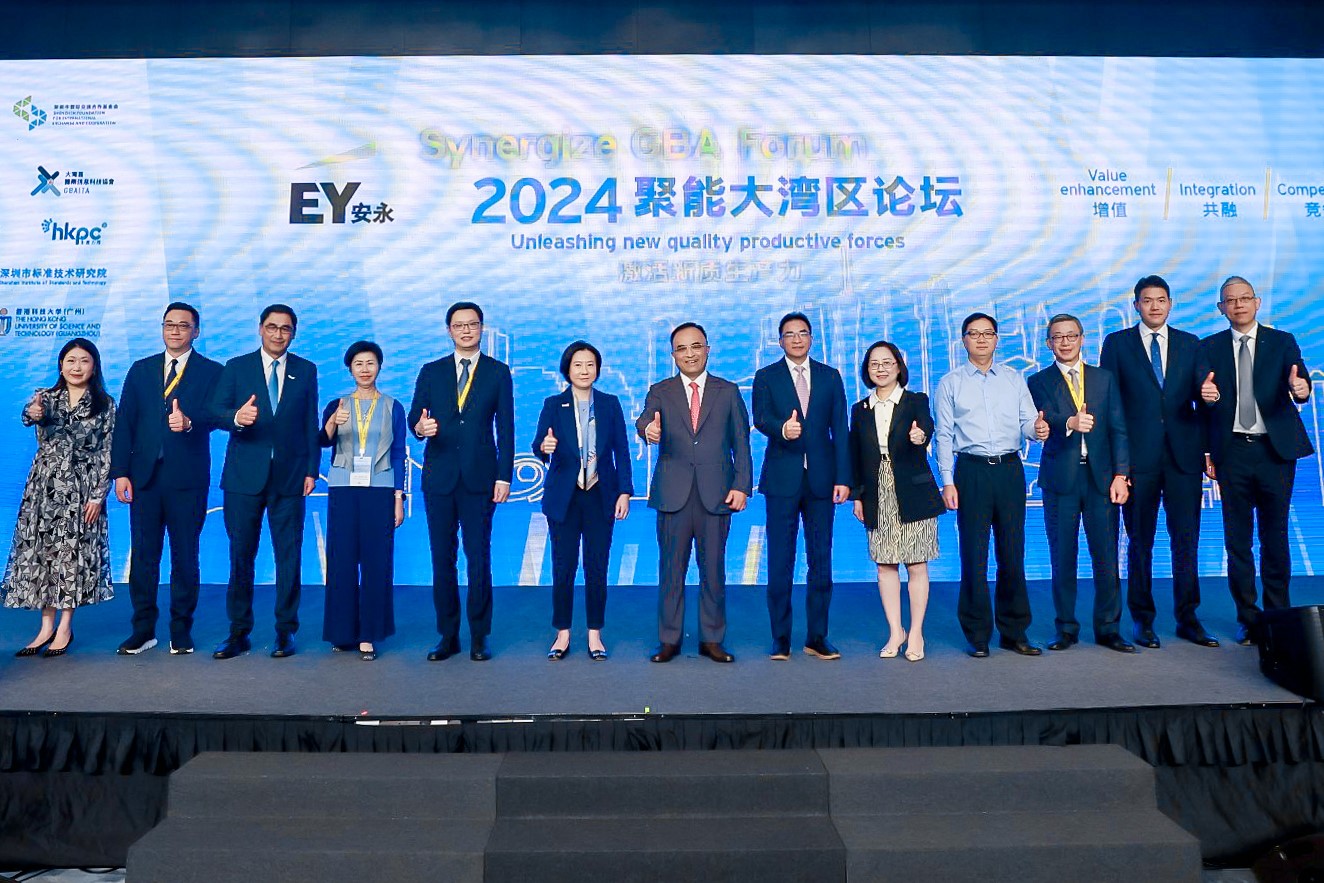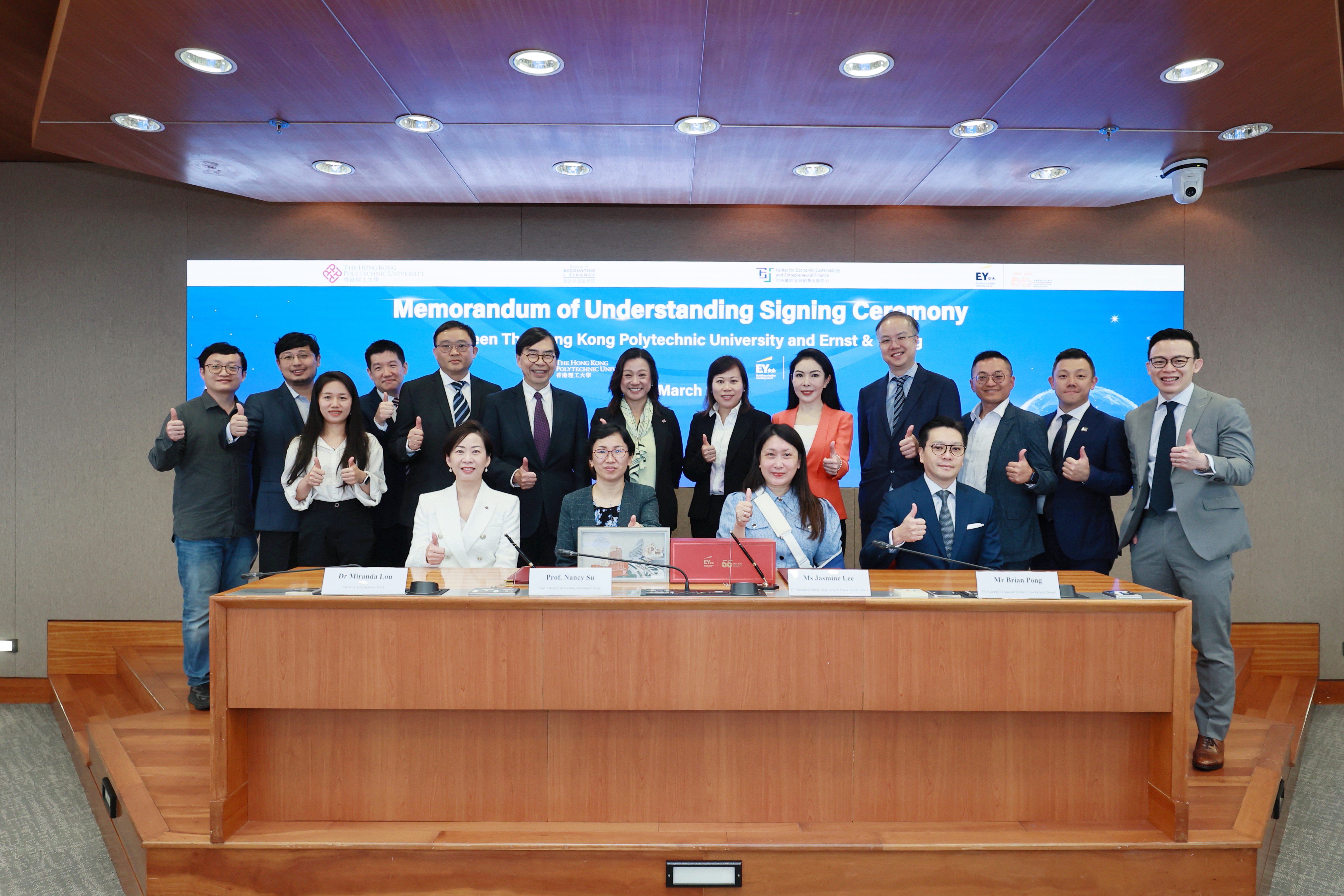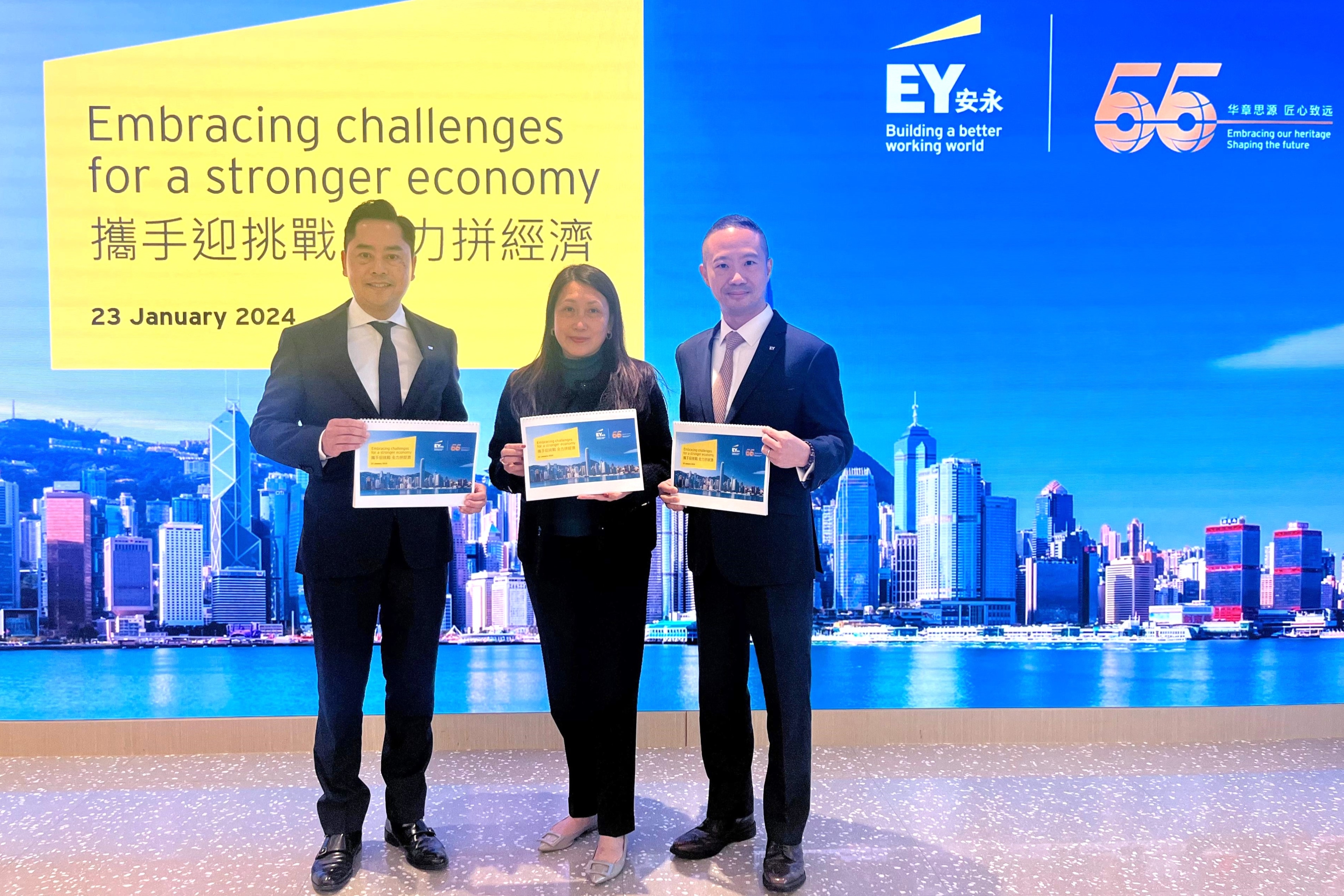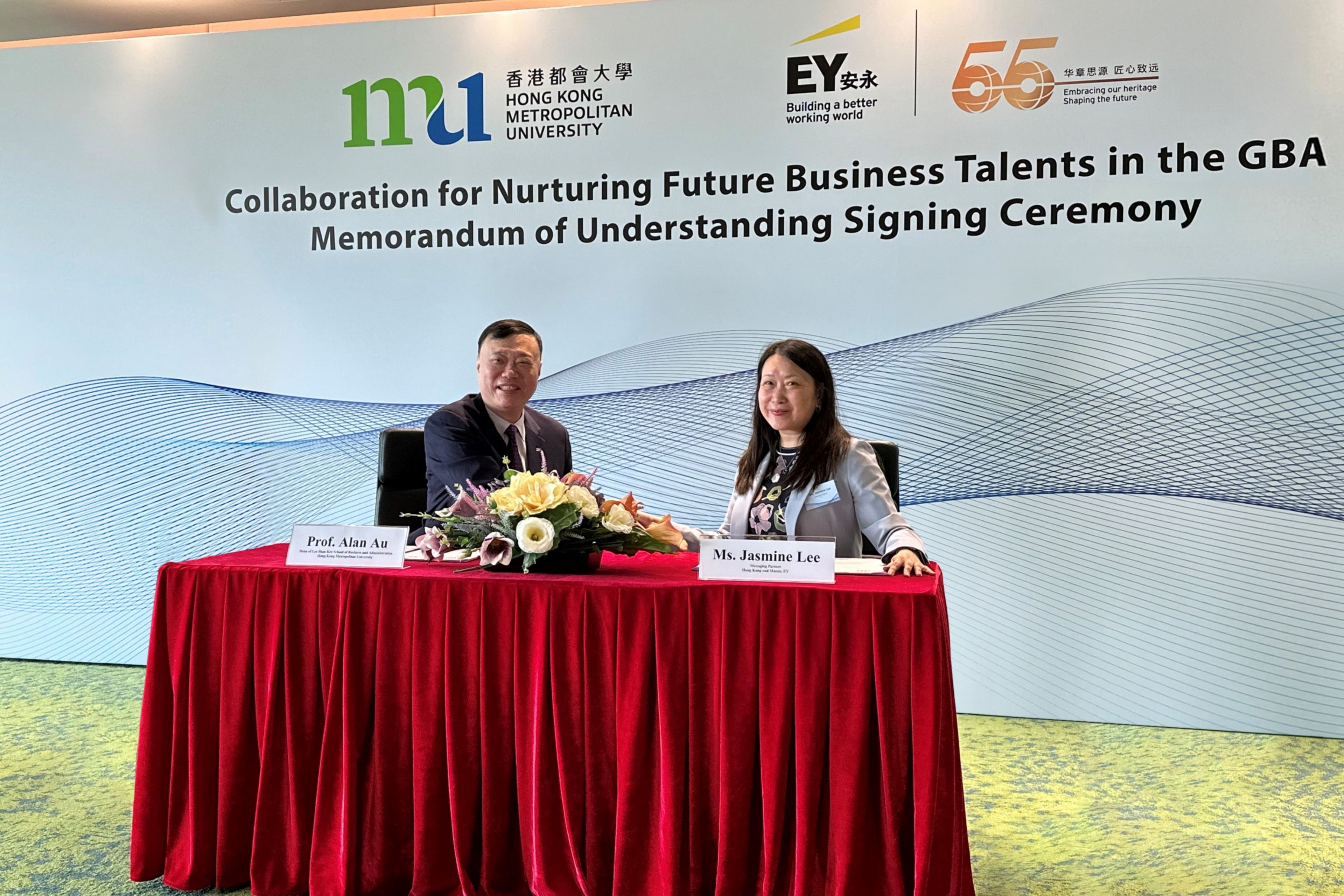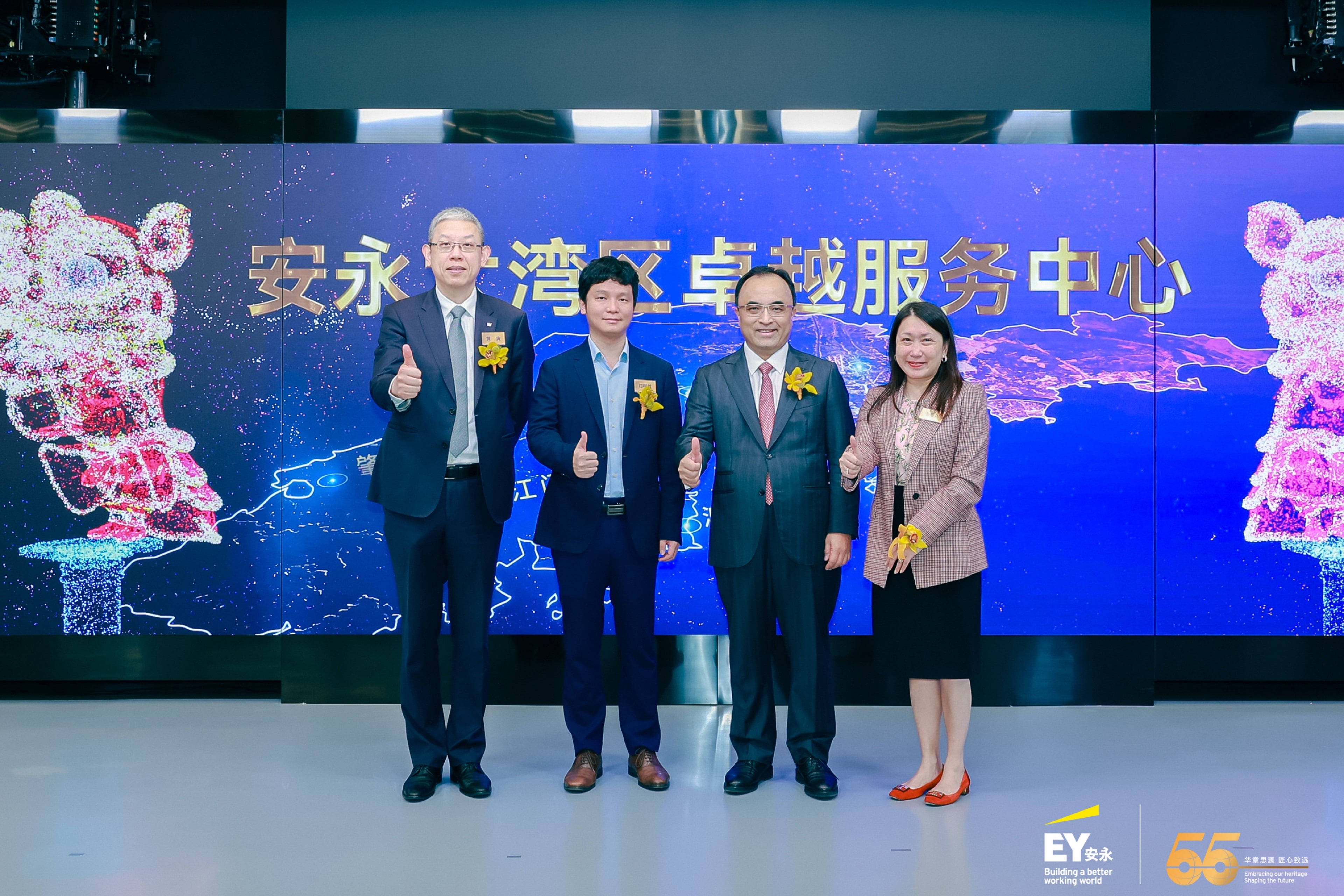EY refers to the global organization, and may refer to one or more, of the member firms of Ernst & Young Global Limited, each of which is a separate legal entity. Ernst & Young Global Limited, a UK company limited by guarantee, does not provide services to clients.
How can overseas industrial parks open a new chapter of the Belt and Road? — EY releases the 4th issue of Navigator
EY today releases the 4th issue of Navigator: How can overseas industrial parks open a new chapter of the Belt and Road? This issue focuses on the latest development status and future trends of China overseas industrial parks in Belt and Road (B&R) countries and regions (hereinafter referred to as "overseas industrial parks"), and incorporates business cases that EY has assisted, providing Chinese enterprises with solutions on the challenges of the external environment, cooperation models and systematic planning.
Shared growth and win-win results achieved through cooperation, as the Belt and Road Initiative (BRI) accelerates advancement
The BRI has been playing an important and positive role in deepening international cooperation, promoting geographical relations and advancing economic growth in countries along the route since its launch. As of January 2020, China has signed 200 B&R cooperation documents with 138 countries and 30 international organizations1, further extending the coverage. At present, B&R countries have become the most important destinations of foreign investment, as such, the BRI has created the world's second largest trade bloc after the European Union2, showing its increasing influence on the global economy.
The COVID-19 pandemic in 2020 dealt a major blow to the global economy. According to the World Bank, the global economy is expected to contract 5.2% this year3. However, from January to May 2020, China’s non-financial ODI in B&R countries increased by 16%4 against the downward trend, which indicates the BRI is playing an increasingly important role in the internationalization of Chinese enterprises. Jane Yang, Government and Public Sector and Infrastructure Leader, EY Belt and Road Task Force, says, ”the outbreak of COVID-19 highlighted the gaps in infrastructure of health and telecommunication areas in B&R countries. This will drive B&R countries to advance the development of ‘Health Silk Road’ and ’Digital Silk Road’ and inject new impetus into global economic recovery.”
Co-developing China overseas industrial parks to build a new landscape of the B&R
The overseas industrial parks have been developing rapidly since the BRI was launched in 2013. Most of the parks are jointly developed and promoted by Chinese and foreign governments or enterprises, which can provide stationed enterprises with relatively complete industrial infrastructure, more attractive preferential policies and business environment, and better supporting services to reduce barriers for overseas investment. Chinese enterprises can further expand business to surrounding countries and regions through the markets where the parks are located. At the same time, they can push forward the localization of technology and talent, leverage China’s advantageous industries to optimize the industrial structure of host countries, drive local economic development, and achieve mutual benefit and win-win results. Based on an analysis of 74 overseas industrial parks5, the overall distribution is "generally dispersed and regionally concentrated". The parks spread across Asia, Europe and Africa, covering all six B&R economic corridors, and nearly 80% of which are in Asia with Southeast Asia taking up the highest proportion. From an industry perspective, the parks are dominated by traditional industries. Among all, the number of processing and manufacturing parks is the largest, accounting for more than 30% of the total. Cross-border cooperation in technological parks and innovative research & development center parks are still at the early stage of development. Martin Qi, Advisory Service Leader, EY Belt and Road Task Force, says, “Overseas industrial parks are designed to be built in the major cities of B&R countries. With the advantages of integrating policies and resources, the parks always present strong clustering effect to attract enterprises along the industrial chain, creating ‘going abroad’ opportunities for Chinese enterprises. However, most of the overseas industrial parks are still in their early stage of construction and development, facing challenges like unstable external environment, lack of protective mechanisms in cooperating models and systematic planning. It is necessary to strengthen collaboration among all parties, including governments and enterprises from both China and host countries, to achieve win-win results”.
Challenge 1: Macroeconomic and political instability and unfavorable business environment in host countries
Along the route are mainly developing countries or regions with relatively unstable politics and economy, unfavorable business environment and insufficient supporting services. Thus, investors of the overseas industrial parks often encounter issues such as project suspension, government disapproval, political instability, and insufficient market absorption capacity. It is recommended that, when making the first overseas investment, enterprises should conduct comprehensive external environment analysis, including macroeconomic, industry and market analysis, assess business environment and formulate corresponding risk prevention and control mechanisms.
Challenge 2: Cooperation model requires more protective mechanisms
Many disagreements will need to be resolved in the long-term, due to the differences in culture, working habits, laws and regulations between China and the host countries. Enterprises investing in overseas industrial parks are usually at a disadvantageous position when they negotiate policies with the host government. For example, it is often difficult to achieve ideal outcome on major issues such as the park’s desired operating model and profit-sharing scheme. In addition, there are also business overlaps and lack of coordination among government agencies in the host country. Enterprises are recommended to set up joint ventures to improve the park’s collaboration mechanism. Finding a local partner in the host country to jointly invest and participate in the park’s operation will enable Chinese enterprises to understand local market rules and regulations in a more efficient manner and will also be more conducive to gaining the local market’s recognition and better develop business locally.
Challenge 3: Overseas industrial parks lack systematic planning
Although overseas industrial parks are often led by governments, the operation is eventually implemented by enterprises. However, many enterprises’ capabilities are limited by their small scale and insufficient experience in overseas investment, which always leads to frequent changes of primary industries of the parks, or lack of specialized supporting services for a long time. As a result, the parks will face difficulties in attracting investment. Moreover, site re-selection and capital withdrawal may happen. Related enterprises are recommended to design comprehensive strategies, operation and implementation plans of overseas industrial parks. Also, by doing a competitive analysis, investors could better understand the competitive landscape and formulate more reasonable and feasible strategies. In addition, a detailed business operation and implementation plan can help investors implement the development strategy smoothly. It is also recommended to continuously seek performance improvement during the whole operation phase.
Future development trends of overseas industry parks
Today, China overseas industrial parks have become important platforms for promoting B&R development and international capacity cooperation. Martin Qi says, “EY expects four future development trends of overseas industrial parks. Firstly, more digital in operation - will shift primary industry toward high-tech fields. Utilize digital technology to solve the problems encountered in overseas investment and operation, improve the park’s business environment, reduce operating cost, increase the core competitiveness and finally enhance investment attractiveness to achieve win-win results. Secondly, more diverse in operation - will promote collaboration in the development of parks and enterprises. Future operators of overseas industrial parks will integrate more participants including governments, implementation enterprises and external companies. All participated parties will work together to promote the development of the parks. Thirdly, city-industry integration will become the orientation for the development of overseas industrial parks. China's extensive experience in city-industry integration can be replicated to B&R countries and regions after applicable adjustments. Through the help of industrial parks, host countries can form characteristic leading industries such as high-end manufacturing, information technology, etc. By combining supporting services such as real estate, business and urban services, city-industry integration can be realized to promote economic and social development of host countries. Lastly, connect with professional service providers to leverage their expertise for business expansion. As more Chinese enterprises move into overseas industrial parks, we expect increasing demands for various professional services. The establishment of a professional service platform in an overseas industrial park will help companies quickly connect with relevant service providers, make full use of local resources to conduct business effectively.
Jane Yang concludes, “With further development of the BRI, Chinese enterprises are exploring new ways to get deeper involvement. The Infrastructure projects have paved the way for industrial cooperation between China and B&R countries, while building high-standard overseas industrial parks will create closer ties and open a new chapter for achieving high-quality development of the BRI”.
1 Ministry of Commerce of The People’s Republic of China (MOFCOM)
2 The Belt and Road Trade and Investment Index, China Center for International Economic Exchanges, University of International Economic and Business, Refinitiv, Research Institute of China Development Bank, May 2019.
3 The Global Economic Prospects, the World Bank, 8 June 2020
4 MOFCOM
5 MOFCOM, www.Investgo.cn, EY analysis
–Ends–
Notes to Editors
About EY
EY is a global leader in assurance, tax, transaction and advisory services. The insights and quality services we deliver help build trust and confidence in the capital markets and in economies the world over. We develop outstanding leaders who team to deliver on our promises to all of our stakeholders. In so doing, we play a critical role in building a better working world for our people, for our clients and for our communities.
EY refers to the global organization, and may refer to one or more, of the member firms of Ernst & Young Global Limited, each of which is a separate legal entity. Ernst & Young Global Limited, a UK company limited by guarantee, does not provide services to clients. Information about how EY collects and uses personal data and a description of the rights individuals have under data protection legislation is available via ey.com/privacy. For more information about our organization, please visit ey.com.
About COIN
The China Overseas Investment Network (COIN) connects EY professionals around the globe, facilitates collaboration and provides consistent and coordinated services to our Chinese clients to make outbound investments. Building on the existing China Business Group in the Americas, EMEIA, and Asia-Pacific areas, COIN has expanded our network to over 70 countries and territories around the world. COIN is part of EY’s commitment to provide seamless and high-quality client services, worldwide, to Chinese companies going overseas and doing business overseas. Our globally integrated structure enables us to deploy dedicated teams with strong local experience and deep industry knowledge to provide seamless services to our clients.
This press release has been issued by Ernst & Young, China, a part of the Ernst & Young global organization.





